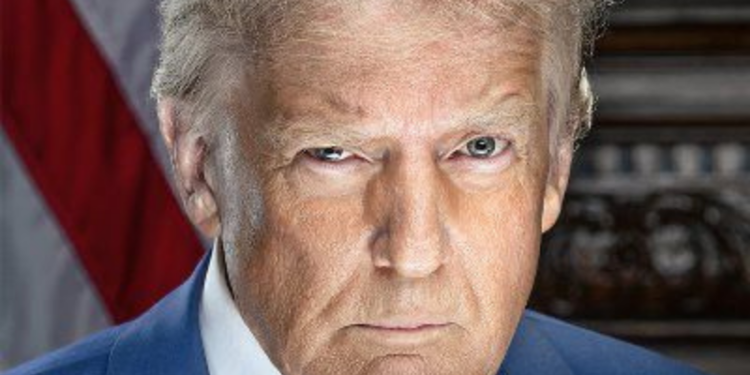On April 9, 2025, President Donald Trump introduced a new series of extensive tariffs, representing a major intensification of his administration’s approach to “reciprocal trade. ” With this policy, the United States has established a standard 10% tariff on most of its trading partners, while higher rates have been set for nations that maintain a trade surplus with the country. The most drastic action taken was a staggering 104% tariff on imports from China, making it one of the highest tariffs ever imposed in recent U. S. trade practices.
This policy shift was revealed earlier in April as part of Trump’s “Liberation Day” effort, during which new tariffs between 10% and 50% were implemented on numerous countries. Affected nations include Vietnam, Taiwan, Japan, and various European Union members, which have faced tariffs of 20% or more. The government claims these steps aim to correct trade balances and encourage manufacturing to return to the U. S. Insights into these tariffs and their rationale can be found through the Office of the U. S. Trade Representative.
In retaliation, China announced an 84% tariff on American goods, following a previously declared 34% duty from last week. This exchange of tariffs has sparked concerns about a growing global trade dispute. Officials in China have indicated their willingness to further escalate if necessary, highlighting their preparedness for a lengthy conflict. The World Trade Organization is keeping a close eye on these changes due to the risk of violations of international trade rules.
Experts in the economy caution that these tariffs could disrupt global supply chains and lead to increased prices for American consumers. Items such as electronics, clothing, vehicles, and medicines are predicted to be impacted. While Trump maintains that these tariffs will boost domestic production and create jobs, critics warn that the economic consequences might outweigh any potential advantages. Initial market responses have been varied, with significant declines observed in Asian markets, especially in Taiwan and Japan, as investors react to the likelihood of an extended trade war and escalating global prices.
The European Union and Canada have retaliated with their own tariff measures affecting American products, with Canada imposing a 25% tax on vehicles that do not comply with USMCA standards. Leaders from the EU have expressed a readiness to enter negotiations but have cautioned that if U. S. tariffs continue, they will inevitably respond with countermeasures. Additional tariffs targeting specific products like pharmaceuticals and lumber are expected to be announced by the U. S. in the near future, as the administration shows no signs of easing its trade offensive.









